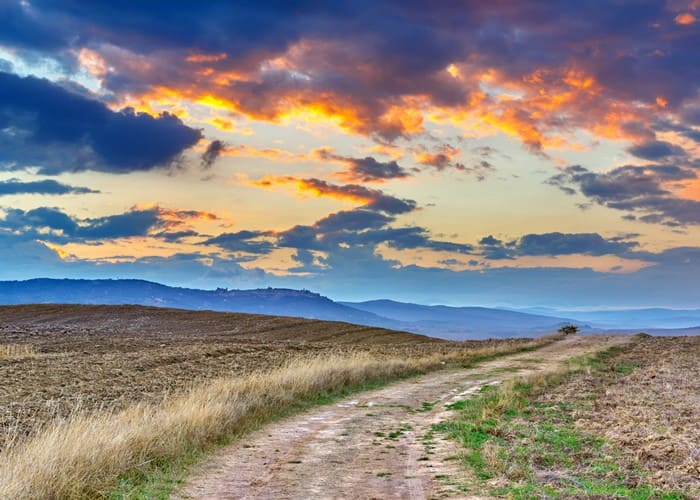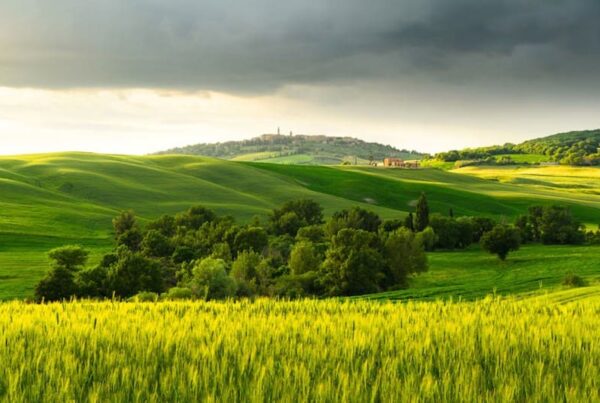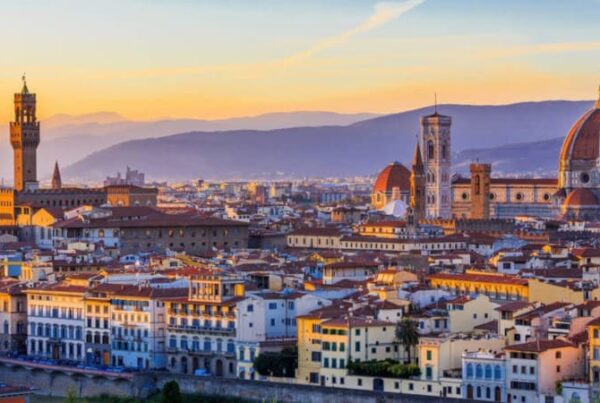When to go in Tuscany? If you are wondering on what is the best period to come and visit Tuscany, also considering Tuscany’s climate and weather conditions, you are in the right place.
When is the Best Time to Visit Tuscany?
Personally I think that each season in Tuscany has its unique charm and its irresistible characteristics! 🙂 Whenever you go, Tuscany’s landscape will offer you a wonderful and different spectacle.
However, if we are to make a decision, to enjoy a holiday in Tuscany at its best, the best period is probably during spring, from March to June or in the late Autumn, when art towns are less crowded and the countryside is blossoming with wonderful varied colors.
If you love the sea, then go during summer to enjoy fantastic swims! And if you are an art lover, I suggest going during winter; there are less tourists around and the period is a “low season” so you may also take advantage of reduced rates for your stay in Tuscany.
Climate and Weather in Tuscany
The climate of Tuscany can vary considerably from area to area, according to the different morphological and geographical characteristics.
Tuscany is characterized by a Mediterranean climate along its coastline and a more continental one towards the plains and the valleys. The major peaks of the Apennines Mountains of Tuscany have a climate that is typical of high mountains.
The Lunigiana and the Casentino, for example, have a climate more similar to northern Italy, while the area of Grosseto and the Maremma, together with the islands of the Arcipelago Toscano, do have more mild temperatures throughout the year.
Generally speaking, however, the climate of Tuscany is mild. We note a mild climate especially along the Tuscan coast, becoming more rigid if you move towards inland areas. Summers in Tuscany are hot, mostly dry, and ventilated, with values that exceed 30° C and often go over the 35° C.
Winter is quite mild, with the maximum temperatures around 10° C on the coast, and the minimum temperatures almost always higher than 0° C. Rains are typical of spring, autumn and winter and are generally not abundant.
Snowfalls are frequent during winter season on all the Apennines and on the Mount Amiata, and may reach the hilly areas; while they are a sporadic phenomena along the northern coast and in the interior plains, and appear to be the most unique episodes that rare along the coast of the Maremma.







